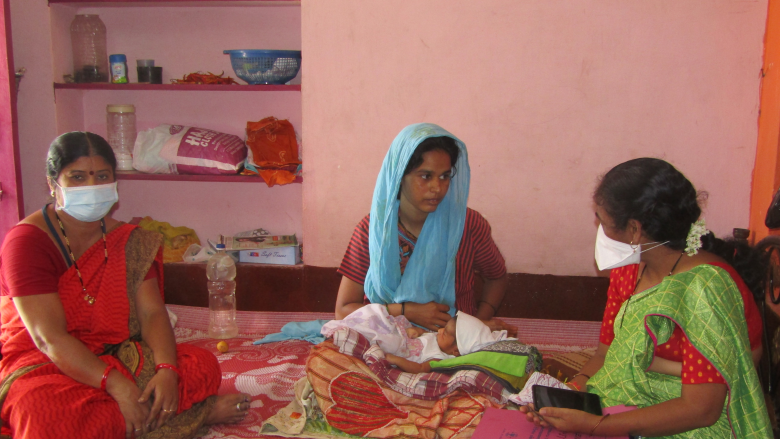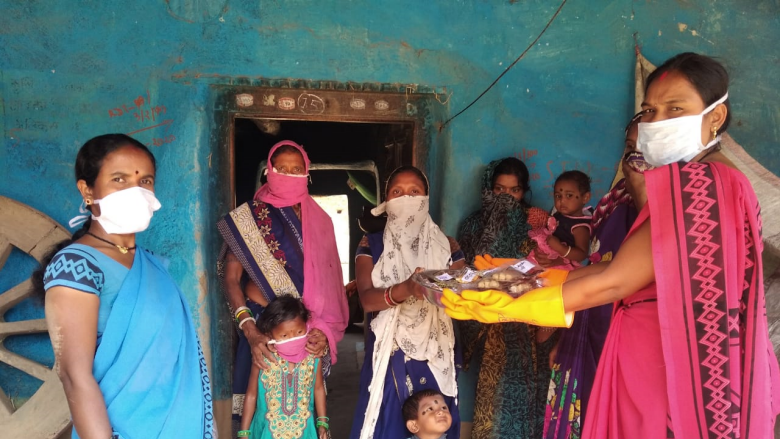In normal times, India’s million plus army of anganwadi workers leads the country’s war against undernutrition. Today, these women have joined another battle - the battle against COVID-19.
With 1.3 billion people in lockdown, this vast cohort has swung into action. While their usual duty is to improve the nutrition of women and children across rural India, they are now going door to door, recording people’s travel history, noting flu symptoms and, where needed, even helping trace contacts.
Their mission is vital to ensure that every last corner of the country understands and acts upon the government’s guidance regarding COVID 19 - regularly beamed through radio and TV, as well as through the recently launched Aarogya Setu app.
“Caution is the only solution,” explained a confident Asha Tripathi, an anganwadi worker from Uttar Pradesh, one of India’s poorest states. “We are advising people not to violate the lockdown and to avoid crowded places.”
With cities shut down completely, and millions of out-of-work migrants returning home to their villages – many even walking long distances to get there - these women are helping with community surveillance as well.
“I have to inform the panchayat (village council) about any person entering the village from outside, meet that person and advise them to stay in quarantine for 14 days,” said Amrika, an anganwadi worker from Kawardha district, Chhattisgarh, another low-income state.



